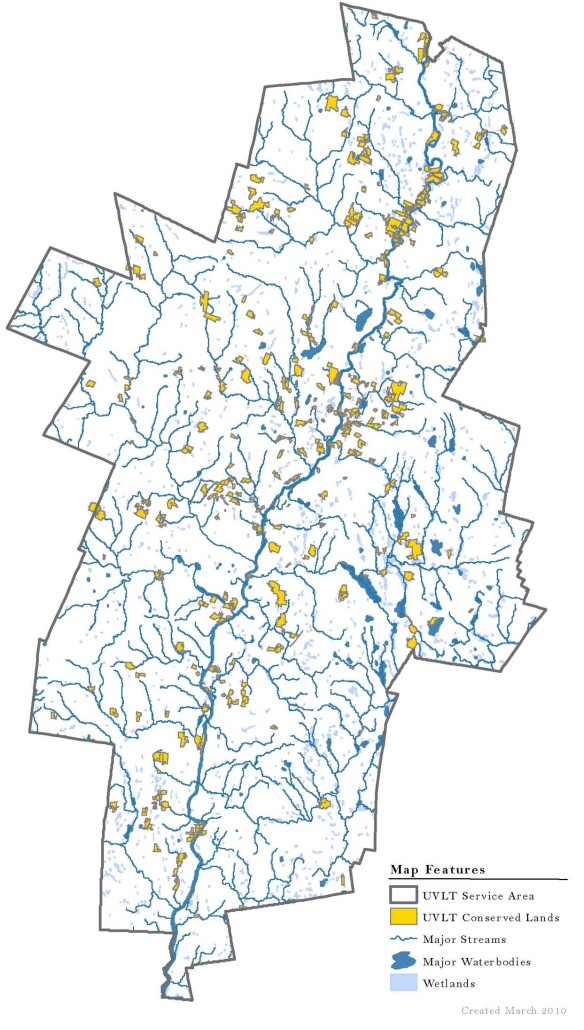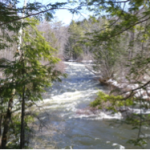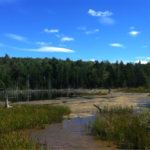Our goal: Protecting clean water and resilient ecosystems.
Clean Water, Healthy Community
Ponds, streams and rivers are vital to our region’s health. Most Upper Valley residents obtain drinking water from groundwater sources, whether private or municipal wells. In other parts of the country, water shortages are occurring as consumption for household use, agriculture and manufacturing draw down the water table. Also in the news headlines: lakes, rivers and reservoirs reporting algae blooms, exotic plants and “slime,” and dangerous e coli levels. It is no wonder that clean water is frequently found to be the number one priority of those polled about their environmental concerns. Here in the Upper Valley, we are fortunate to enjoy abundant and safe water. We are taking steps to keep it that way.
The greatest threat to clean water is contamination from activities on the land’s surface. Land conservation protects wetlands, acquifers and shoreland and floodplains. Upper Valley communities are keenly aware of the importance of floodplains and wetlands following the catastrophic impacts of major storm events during the past several years. When rivers overflow their banks, floodplains and wetlands can slow the rushing water, protecting roads, bridges, houses and businesses downstream.They capture and filter flood surges, so that underground aquifers can refill. Once thought of as “undevelopable” and therefore, “not at risk,” wetlands and floodplains are now a very high priority for protection and restoration.
We also want to be able to swim in lakes, paddle in rivers, go tubing, go sailing, go rowing, and eat the fish we catch. Streams and lakes provide us with the opportunity to hear a loon or watch as an otter plays in the shallows.To fully appreciate the many outdoor recreation opportunities provided in our region, we need pristine water, which means undeveloped shores. By protecting our watersheds, we are protecting ourselves.
But it’s not just about us. Waterways and wetlands are essential to ecosystem functioning. Streams and rivers carry nutrients and materials across watersheds. They provide habitat for fish and other animals, which often turn into food for terrestrial creatures. And while charismatic fauna like trout are the first things we think of when we imagine life in the water, there’s much more biodiversity to be protected, from insects to plants and algae. In fact, plants might provide some of the biggest benefits by removing metals and toxins from the water and providing natural clean-up.
CURRENT SHORELAND, WETLAND AND FLOODPLAIN CONSERVATION PROJECTS*:
Dresser Farm and Odd Dog Farm, West Fairlee. A grant awarded by Vermont’s Ecosystem Restoration Program (ERP) will help UVLT conserve two properties with 1.75 miles of frontage along the Ompompanoosuc River. Completed Fiscal Year 2016! Read more here.
*UVLT manages dozens of conservation projects. Some solutions arise quickly, but others evolve over years, as landowners think through all of the decisions involved in conserving a parcel. During that period, we honor the confidentiality of landowner information and relationships. Thus, the projects reported above are those that have received public funding or are associated with a public planning process, those where fundraising campaigns are underway .




